Lovely piece of kit. Sounds the money. Highly recommended, from the Don Classics.
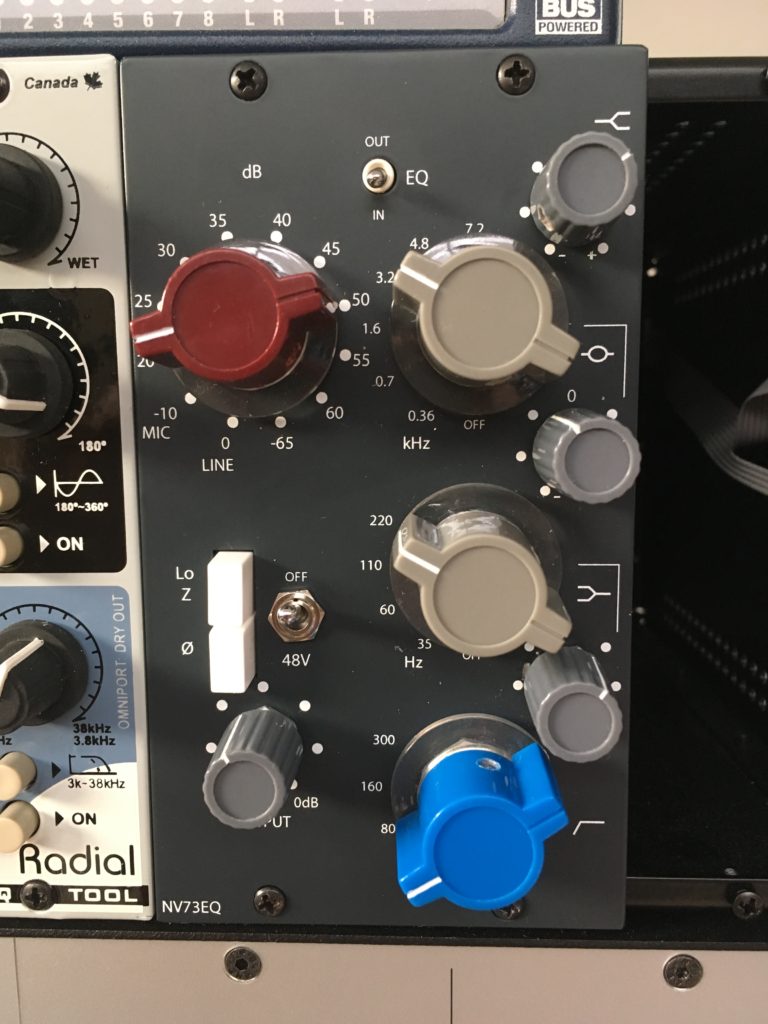
Ain’t she a beaut? More complex build than off-the-shelf kits though, still very doable, just lots of components.
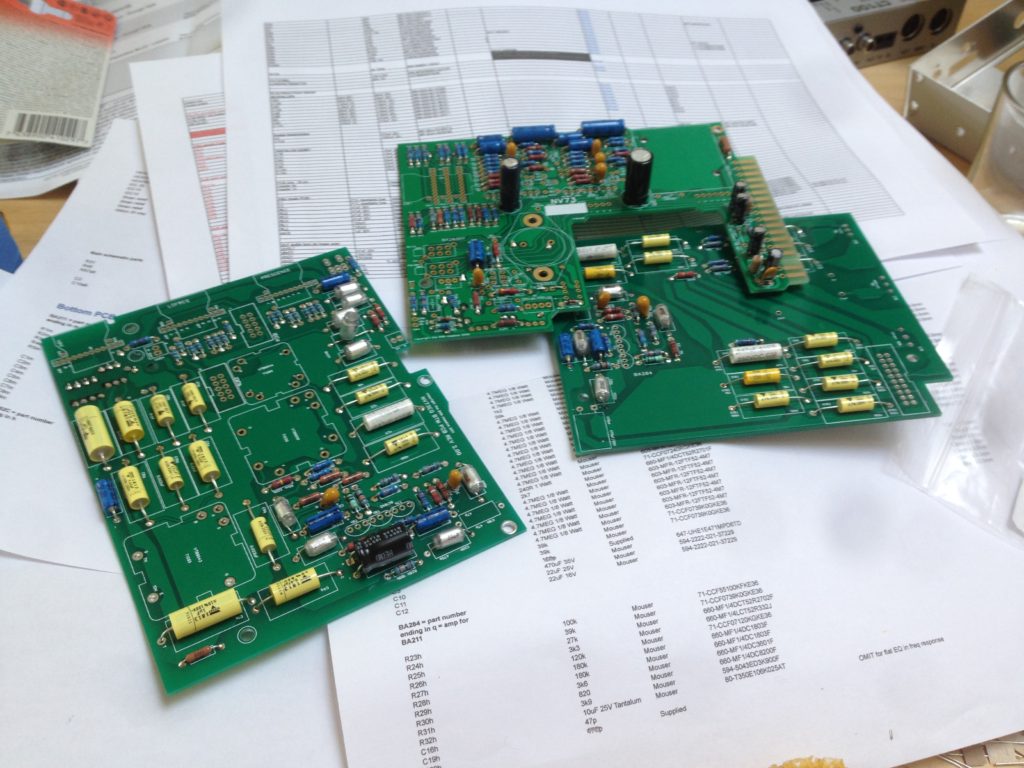
Lovely piece of kit. Sounds the money. Highly recommended, from the Don Classics.

Ain’t she a beaut? More complex build than off-the-shelf kits though, still very doable, just lots of components.

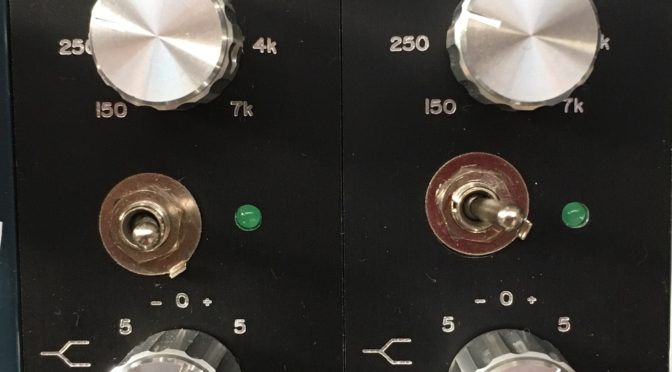
Next in my modest assembly line: a 500 series Studer 169 EQ, created by GroupDIY member audiox. Got the idea from browsing the GroupDIY forum and decided to do the full-on mojo build with Discrete Opamps and Transformer balanced input.
This is what the finished pair looks like:
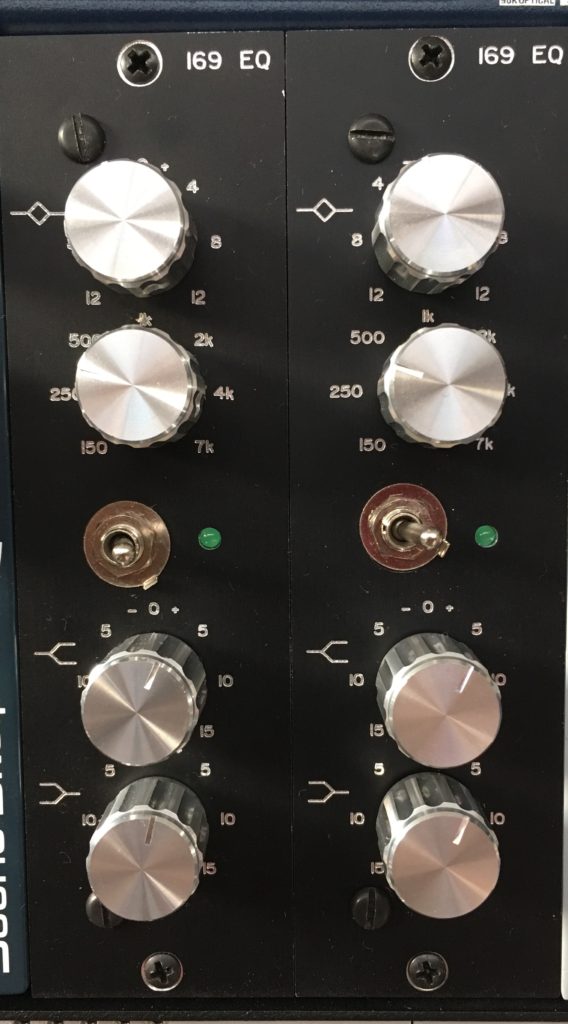
Since the frontpanel had an extra hole provisioned for an LED I had to swap the DPDT switch on the build plans with a 3DPT switch. The LED takes voltage from the nearest 16+ rail point i could “hook” into and returns to an unused solder pad nearby that returns to ground.
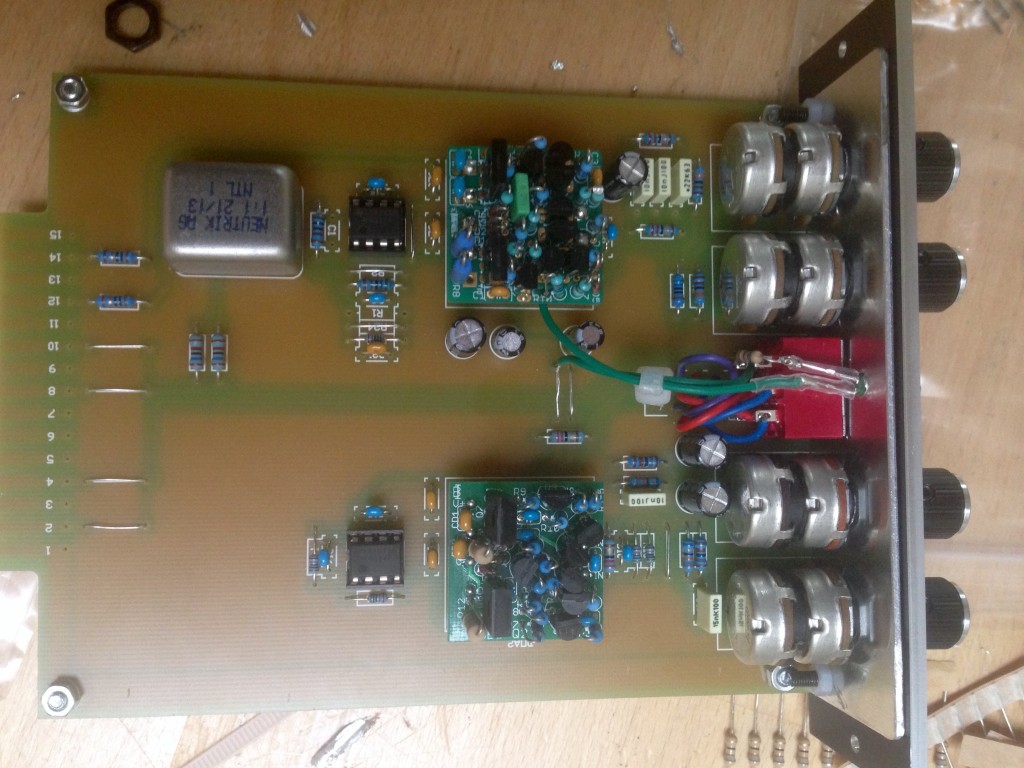
Although the potmeters provide a means to attach a frontpanel to the PCB I decided to go for something a little more sturdy and mounted the PCB on L-brackets.
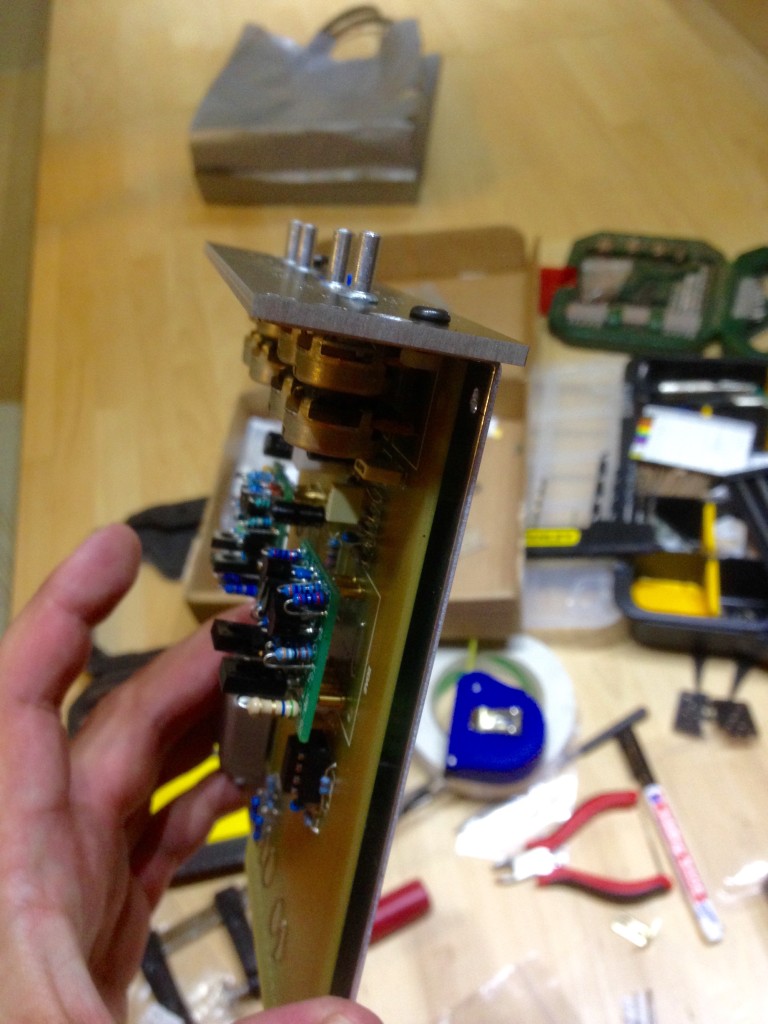
First mounting of the front panel. The switch I used first didn’t really fit the frontpanel’s hole, so a little rework needed to be done.
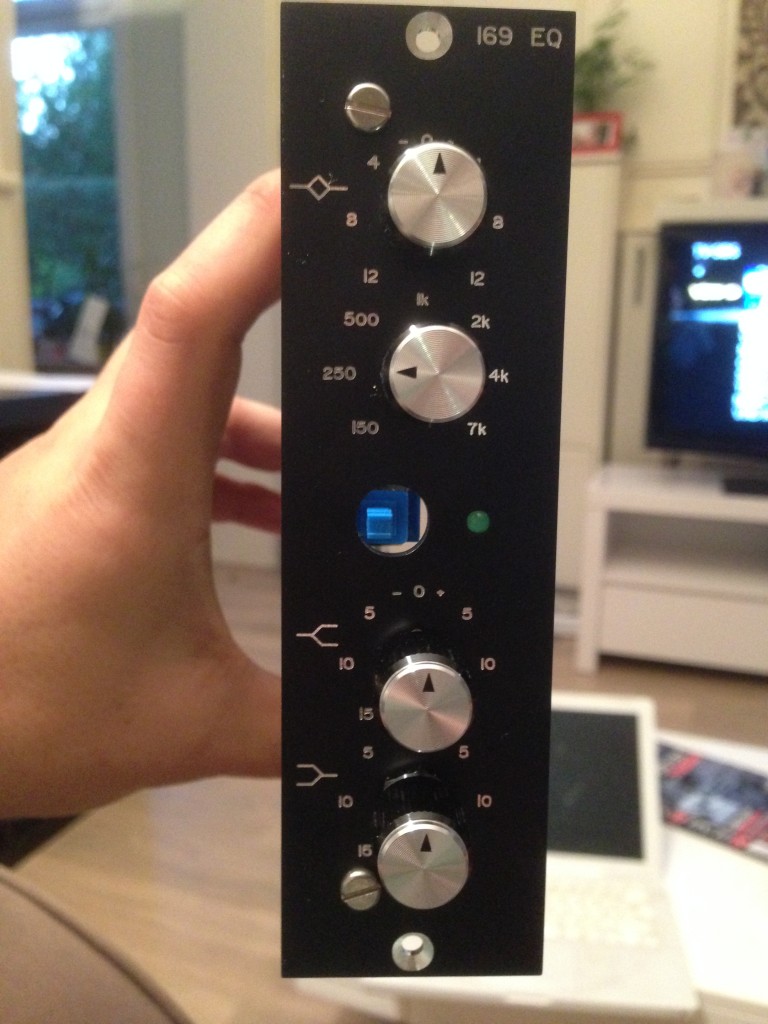
My initial, unmodified build:
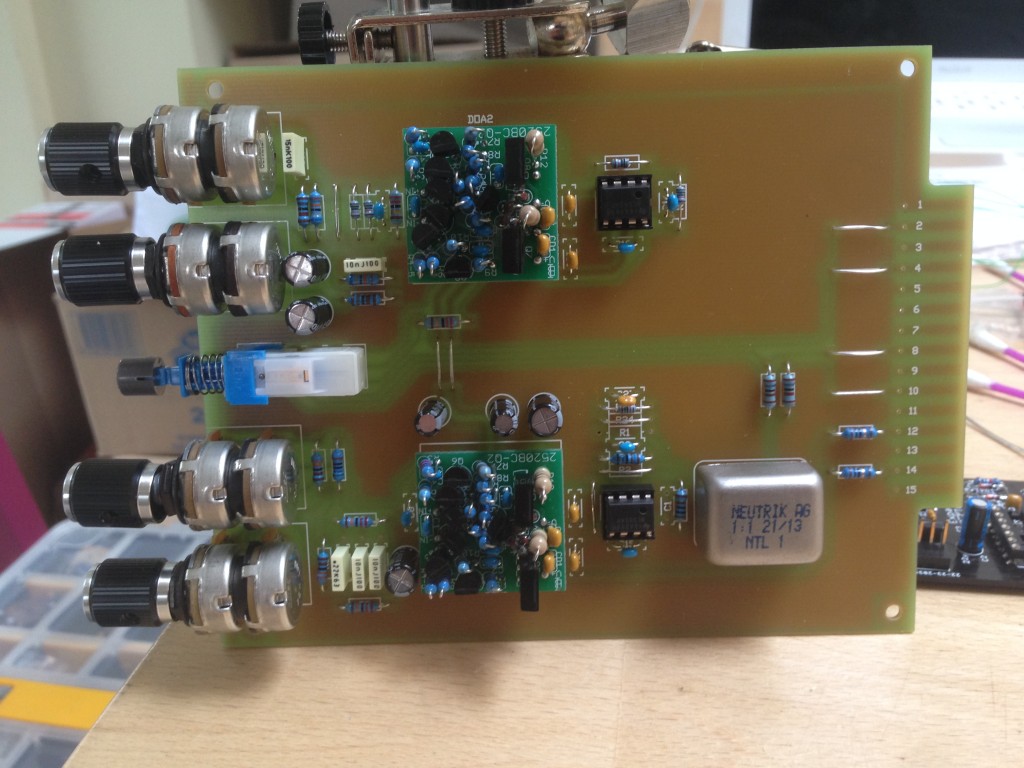
List of materials/sources:
I love the sound of the hi/lo shelf on these!
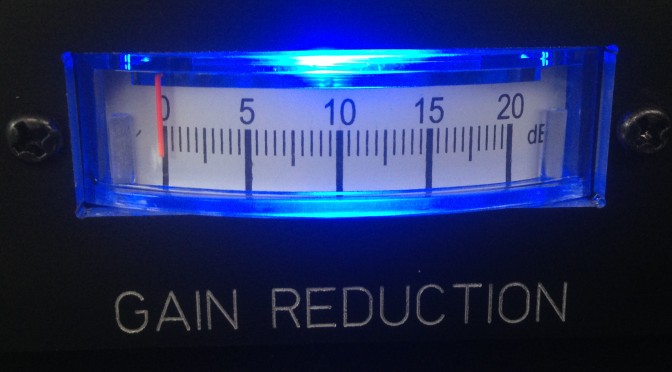
This is a build I’ve been wanting to do for a long time. I just love SSL buscompressors and SSL’s in general, so being able to build one myself intrigued me big time. After reading through a post on Homerecording.be I bit the bullet and ordered the GSSL kit from PCBGrinder. The kit’s page has both an assembly & wiring guide on it, if you’re as inexperienced as me that’s a great help.
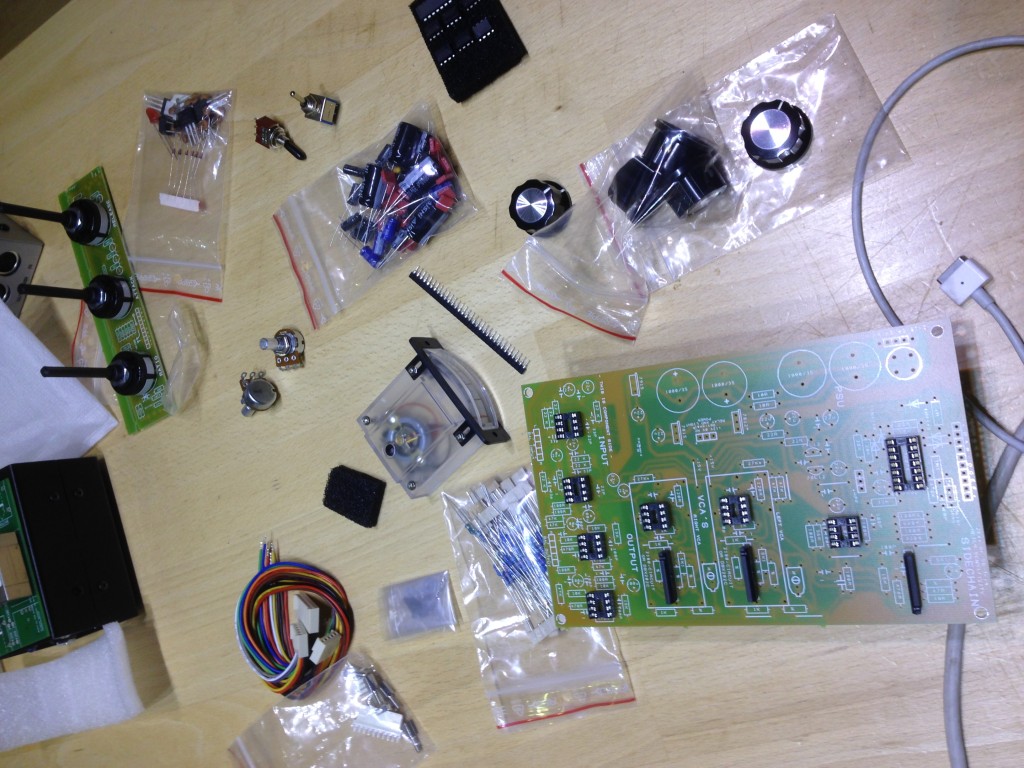
On top of the kit itself I ordered a case and a ready-made frontpanel from Frontpanels.de and the turbo mod. The latter makes the GSSL behave more like a real SSL buscompressor in which each channel has its own sidechain circuit.
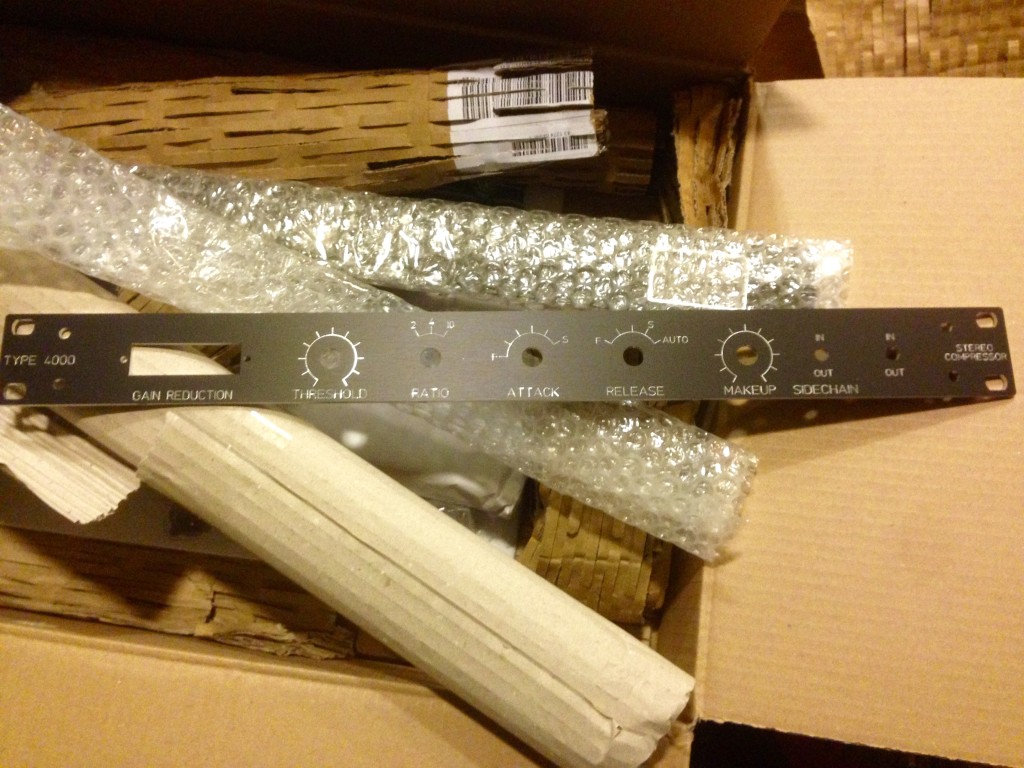
I’ve been working on this build for several months (I think I first started in February) and had to tackle a few obstacles, which I’ll describe here, it might help out someone.
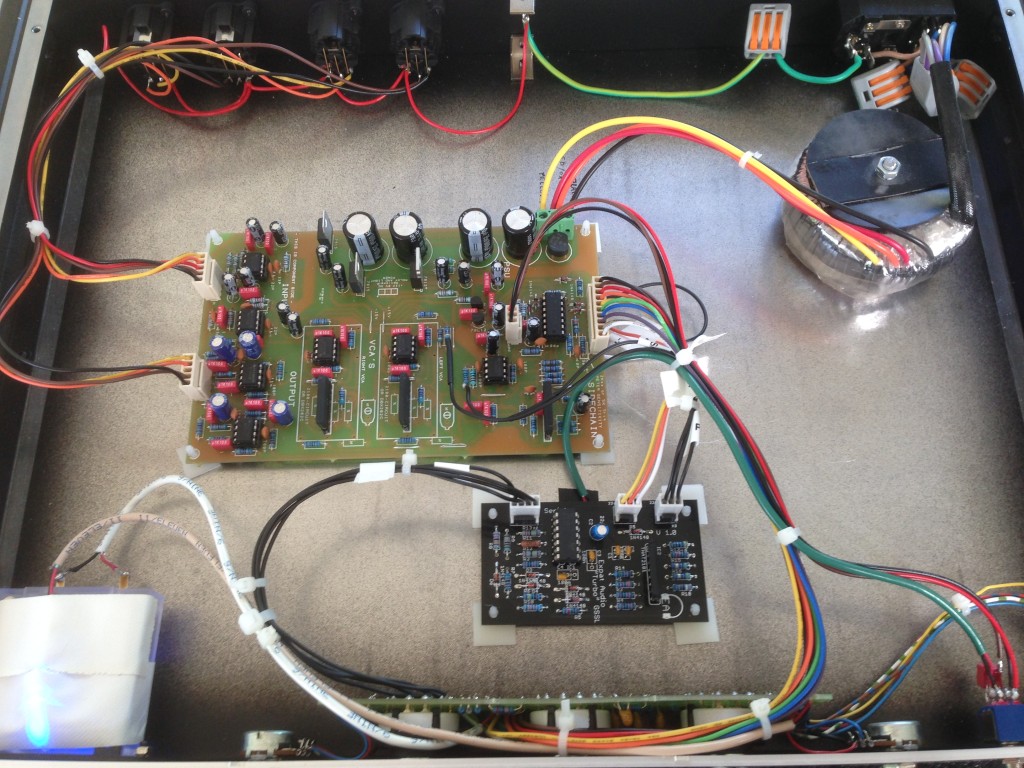
So, here goes the list of things that caused me to work longer on the GSSL than expected:
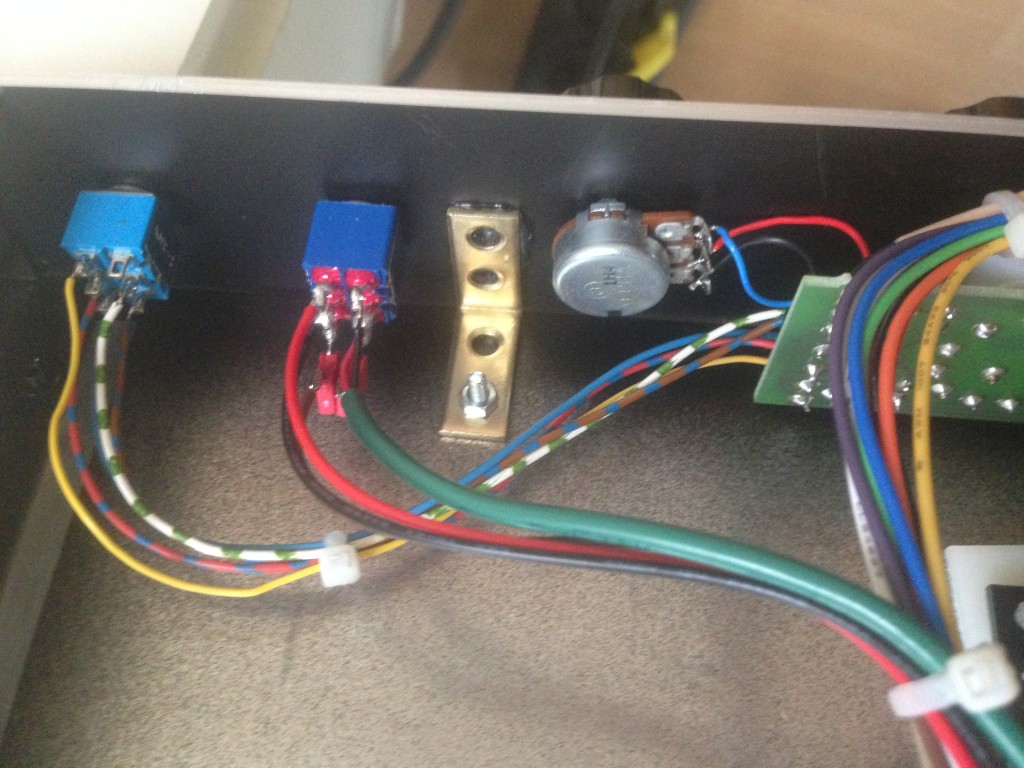
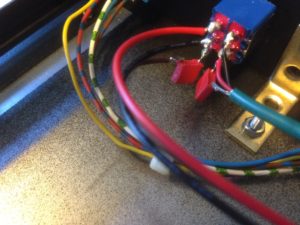
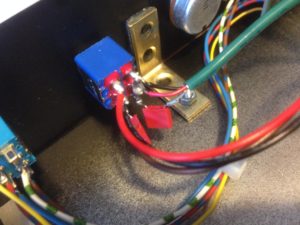
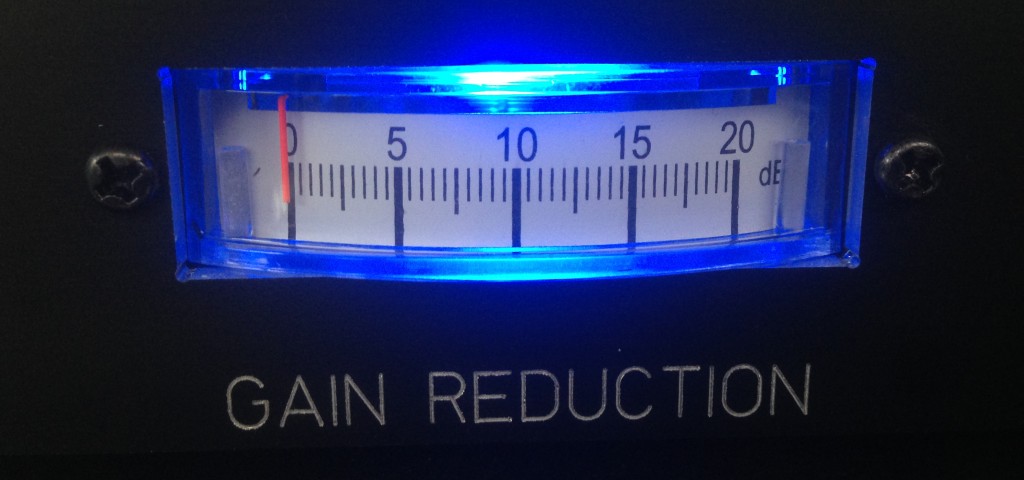
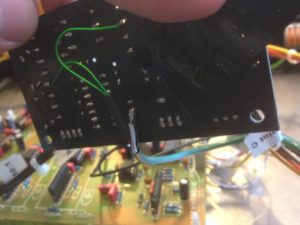
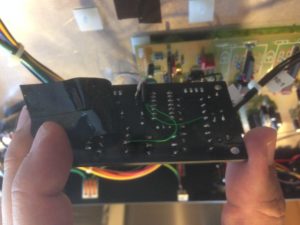
List of materials/sources:
